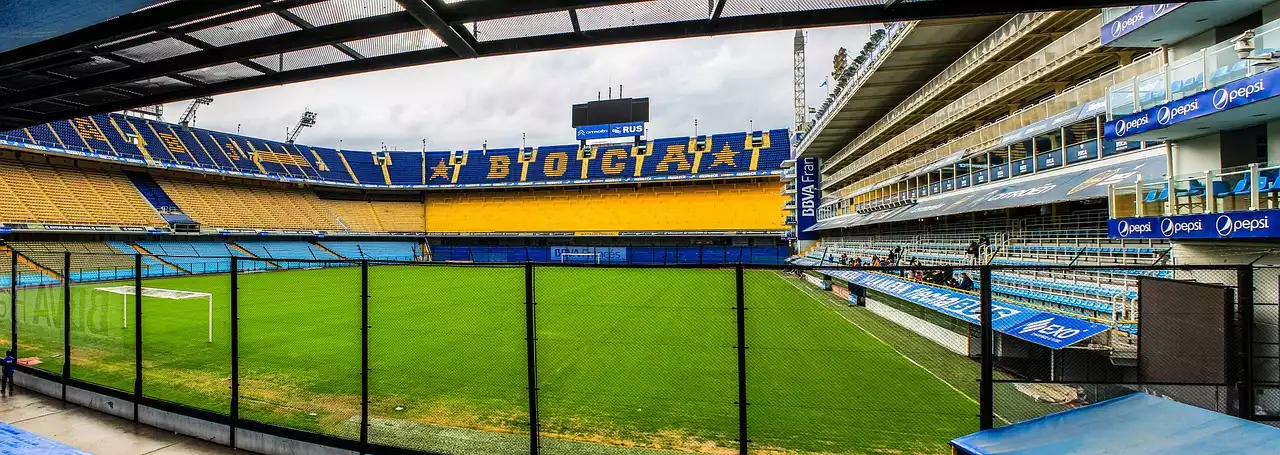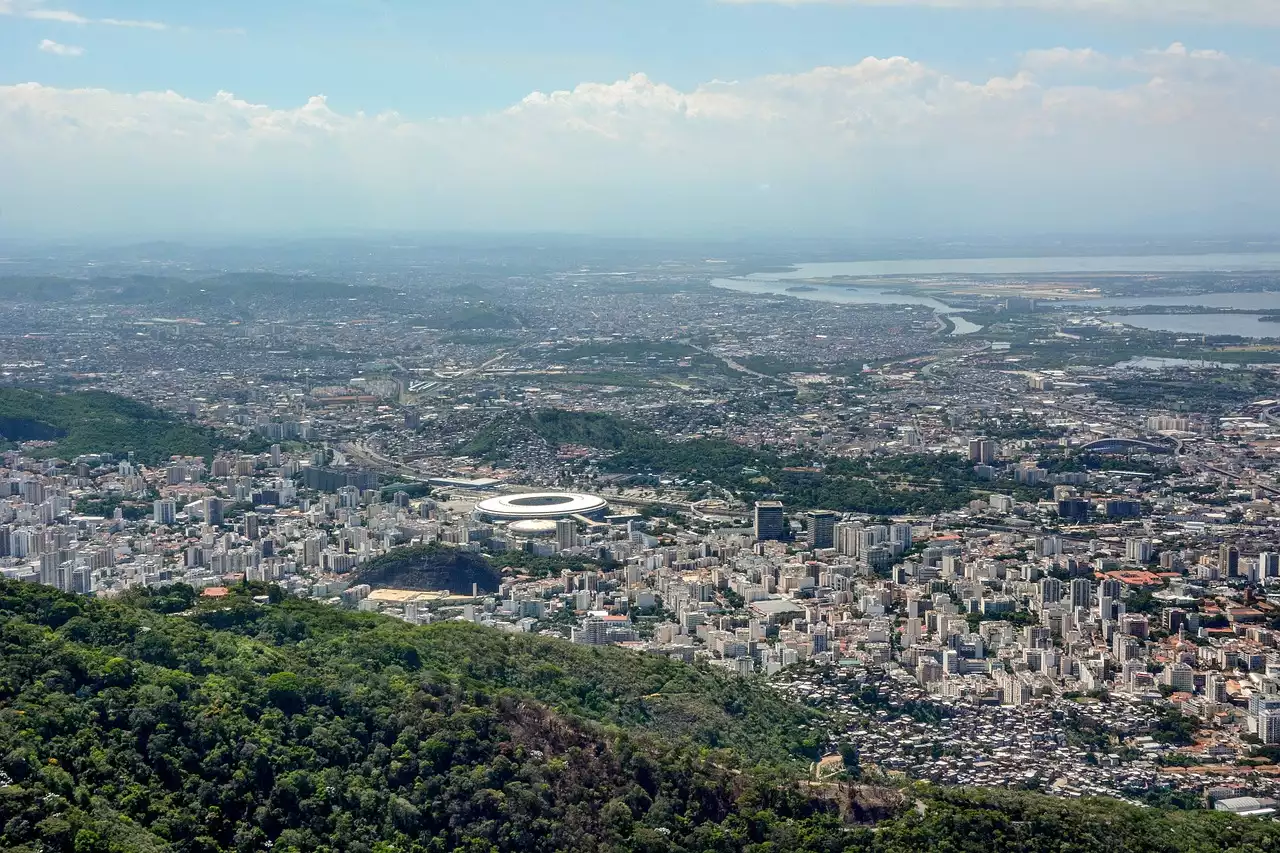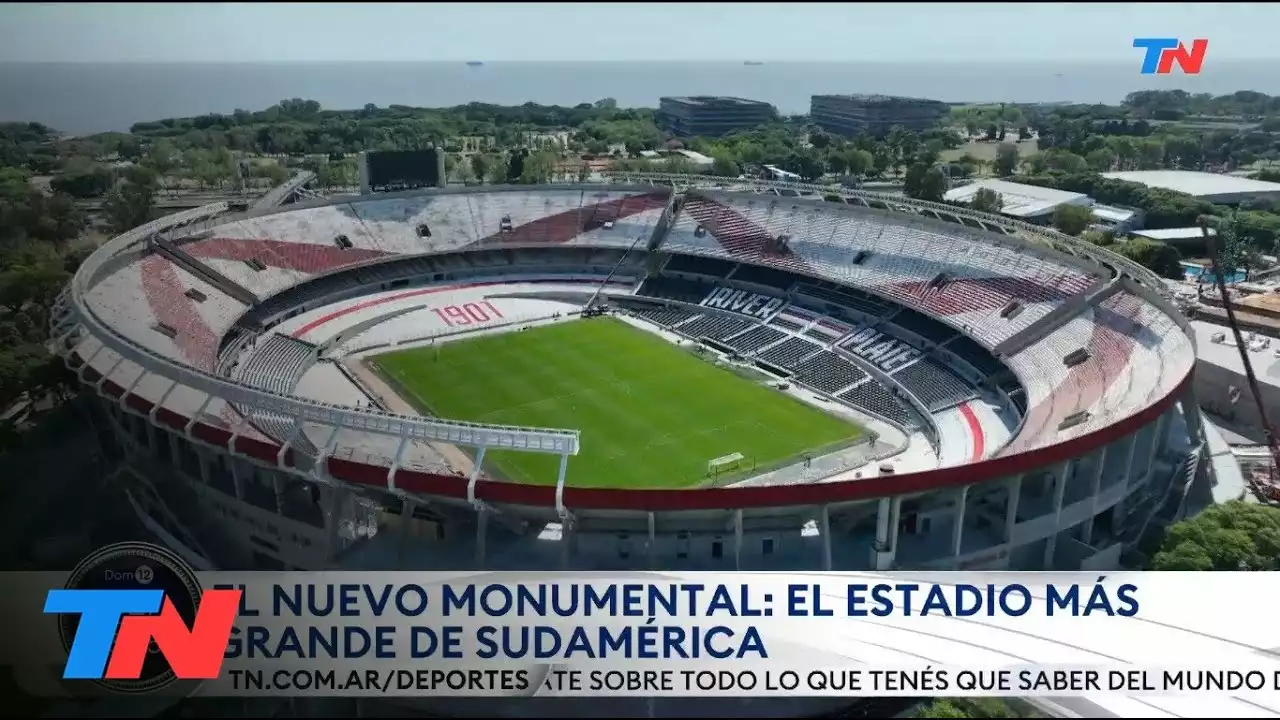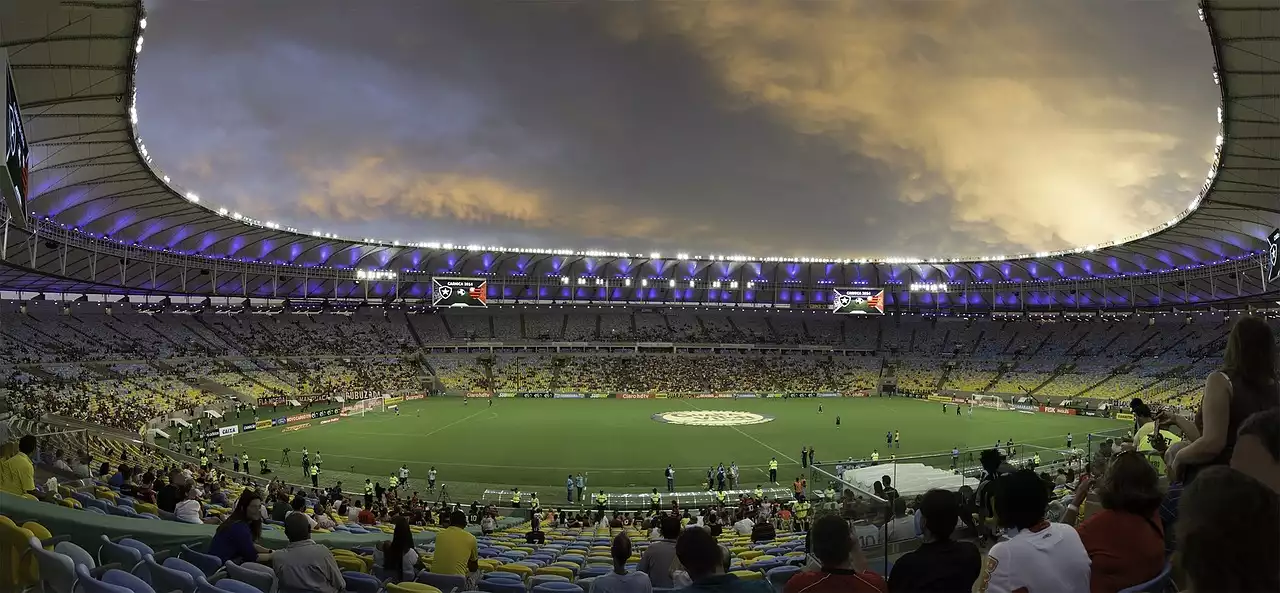History of La Bombonera and its significance in Argentine soccer
La Bombonera has a rich history that dates back to its inauguration in 1940. The stadium's name, which translates to "the chocolate box" in English, was inspired by its unique shape and resemblance to a box of chocolates. Over the years, it has become an integral part of Argentine soccer, serving as the home ground for Boca Juniors.
The stadium's significance goes beyond its architectural beauty. It has become a symbol of Boca Juniors' enduring success and dominance in Argentine soccer. La Bombonera has hosted countless memorable matches, where legends have been born and rivalries have been intensified. The stadium's history is intertwined with the club's illustrious past, making it a sacred ground for both players and fans alike.
La Bombonera's reputation has also grown beyond Argentina's borders. Its iconic status in South American soccer has been solidified by Boca Juniors' numerous triumphs in the Copa Libertadores, the continent's most prestigious club competition. The stadium's intimate atmosphere and passionate fans have played a pivotal role in the team's success, creating an intimidating environment for visiting teams.
The Copa Libertadores and its importance in South American soccer
The Copa Libertadores is a tournament steeped in history and tradition. Since its inception in 1960, it has been the ultimate battleground for South America's top clubs, showcasing the region's footballing prowess. The tournament brings together teams from across the continent, competing for the chance to be crowned the champions of South America.
For Boca Juniors, the Copa Libertadores holds a special place in their hearts. La Bombonera has witnessed many epic battles in this prestigious competition, with Boca Juniors emerging as one of the most successful clubs in its history. The Copa Libertadores has become synonymous with the club's identity, and their fierce determination to conquer the tournament is evident in every match they play.
La Bombonera's memorable moments in the Copa Libertadores
Throughout the years, La Bombonera has been the stage for numerous historic moments in the Copa Libertadores. From dramatic comebacks to breathtaking goals, the stadium has provided a backdrop for some of the competition's most unforgettable matches.
One such moment came in 2000 when Boca Juniors faced off against Palmeiras in the Copa Libertadores final. Trailing 2-1 from the first leg, Boca Juniors needed a victory to secure the title. In a pulsating encounter at La Bombonera, Boca Juniors fought tooth and nail, eventually securing a 2-2 draw that was enough to claim their third Copa Libertadores trophy.
Another iconic moment etched in La Bombonera's history occurred in 2018 when Boca Juniors faced their arch-rivals, River Plate, in the final of the Copa Libertadores. The match, dubbed the "Superclasico," was the first time the two teams met in the final of the competition. The atmosphere at La Bombonera was electric, with fans creating an atmosphere that reverberated throughout the stadium. Although Boca Juniors were ultimately defeated in the final, the match will forever be remembered as one of the most intense and captivating encounters in Copa Libertadores history.
The unique atmosphere and fan culture at La Bombonera during Copa Libertadores matches
What sets La Bombonera apart from other stadiums is its unique atmosphere during Copa Libertadores matches. The stadium comes alive with the passionate chants and vibrant energy of the Boca Juniors faithful. The fans, known as "La Doce," create an intimidating atmosphere for opposing teams, with their unwavering support and relentless passion driving the players on the pitch.
The "La Doce" are known for their distinctive chants and synchronized movements, which add to the spectacle of a Copa Libertadores match at La Bombonera. It is a mesmerizing sight to witness the sea of blue and yellow, the colors of Boca Juniors, as fans unite in their unwavering support for the team. The deafening noise, combined with the electric atmosphere, creates an experience that is unparalleled in the world of football.
The architectural features and design of La Bombonera
La Bombonera's architectural design is as unique as its history and atmosphere. The stadium's shape, resembling a box of chocolates, is instantly recognizable and adds to its allure. The stands are steep and close to the pitch, creating an intimate setting that amplifies the noise and passion of the fans.
One of the most iconic features of La Bombonera is the "La Doce" stand, located behind one of the goals. This stand is where the most passionate and vocal Boca Juniors supporters congregate, creating an intimidating atmosphere for opposing teams. The stand's design, with its vertical rows of seating, enhances the noise and creates a wall of sound that engulfs the stadium.
Another notable architectural feature of La Bombonera is the "Museo de la Pasión Boquense" (Museum of Boca Juniors). Located within the stadium, the museum showcases the club's history and achievements, allowing fans to immerse themselves in the rich heritage of Boca Juniors.
The impact of La Bombonera on the Boca Juniors football club
La Bombonera has had a profound impact on the Boca Juniors football club. The stadium's unique atmosphere and passionate fan base have become an integral part of the club's identity. Playing at La Bombonera is a source of inspiration for Boca Juniors players, with the deafening noise and unwavering support pushing them to excel on the pitch.
The stadium's intimate setting also plays a role in creating a strong bond between the players and the fans. The close proximity of the stands to the pitch allows for a tangible connection between the two, fostering a sense of unity and shared purpose. This connection has been a driving force behind Boca Juniors' success in the Copa Libertadores, with players feeding off the energy of the crowd and using it to propel themselves to victory.
Famous players who have graced the field at La Bombonera in Copa Libertadores matches
Throughout its history, La Bombonera has hosted some of the greatest players in South American football. These players, both from Boca Juniors and visiting teams, have left an indelible mark on the stadium and its legacy in the Copa Libertadores.
One of the most iconic players associated with La Bombonera is Juan Roman Riquelme. Riquelme, a former Boca Juniors midfielder, is revered as one of the club's greatest ever players. His elegant style of play and ability to dictate the tempo of the game made him a fan favorite at La Bombonera. Riquelme's performances in the Copa Libertadores, including his instrumental role in Boca Juniors' triumphs, further cemented his status as a legend of the club.
Other legendary players who have graced the field at La Bombonera in Copa Libertadores matches include Diego Maradona, Carlos Tevez, and Martin Palermo. These players, known for their skill, passion, and dedication, have contributed to the rich tapestry of La Bombonera's history.
How La Bombonera compares to other stadiums in South America
While South America is home to many iconic stadiums, La Bombonera stands out for its unique atmosphere and rich history. The stadium's intimate setting and passionate fans create an environment that is unmatched in its intensity and fervor.
La Bombonera's architectural design also sets it apart from other stadiums in South America. Its distinctive shape and close proximity to the pitch create a sense of intimacy that is not found in larger, more modern stadiums. This, combined with the passionate fan culture, makes La Bombonera a truly special place for football lovers.
The future of La Bombonera and its place in soccer history
As with any historic stadium, the future of La Bombonera is a subject of much debate and speculation. Plans have been proposed to renovate and expand the stadium, allowing for a greater capacity and improved facilities. However, there are also those who argue that the stadium's unique charm and atmosphere should be preserved.
Regardless of what the future holds, La Bombonera's place in soccer history is secure. Its legacy in the Copa Libertadores, its impact on Boca Juniors, and its status as a symbol of South American football make it a stadium that will forever be remembered.









